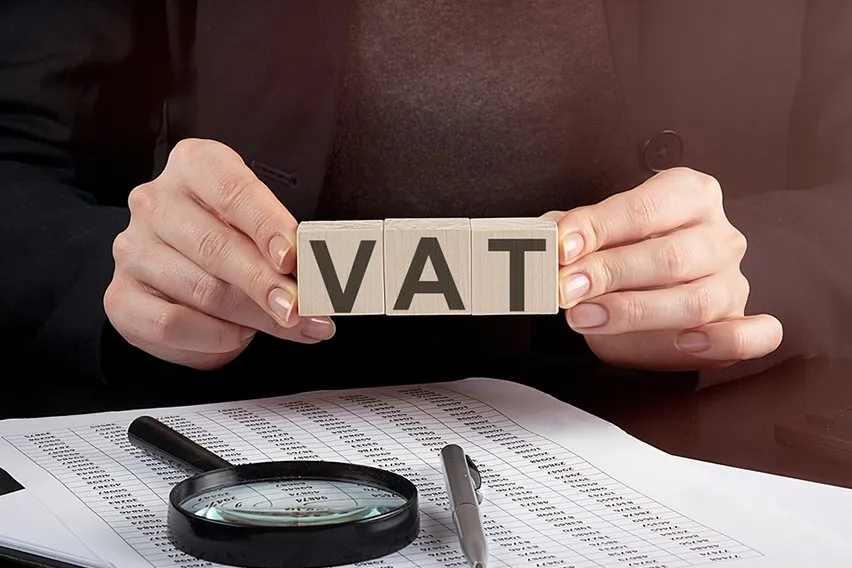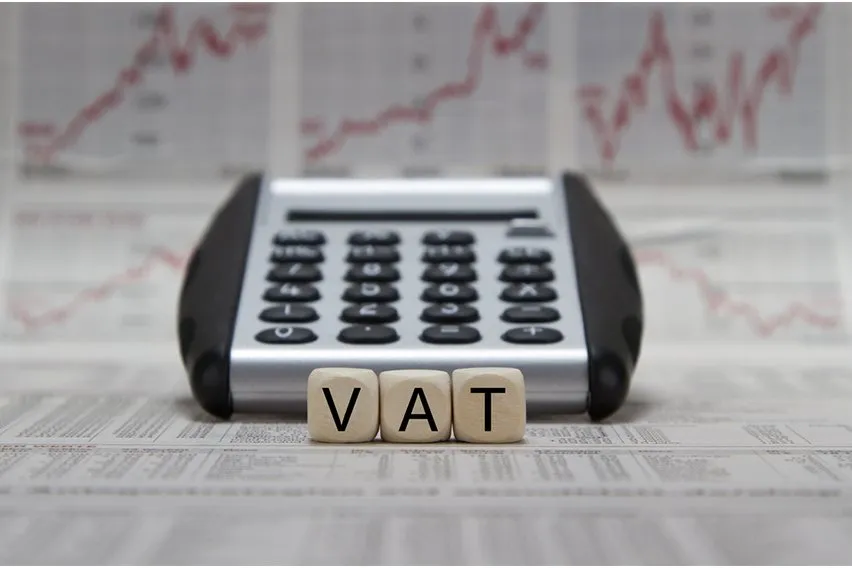UK Payroll Tax: What It Is & How Does It Work?

Every type of business, regardless of industry, has to follow certain rules that are outlined for taxation and payroll in the UK. Now, while there are no specific payroll taxes in the UK, there are a few other things to know about when it comes to payroll and taxes in general.
You need to know individual income tax for employees, social insurance taxes and disability insurance. As well, understanding how VAT, employer’s liability insurance and corporation tax can also be important. But, if you’re a small business owner and you have employees, PAYE is usually already part of your payroll.
Some businesses are going to have their taxable wages and forms of compensation set up on a bi-weekly pay period or a different structure. There can also be variations for self-employment tax if you’re a sole proprietor.
Here’s What We’ll Cover:
Reporting the Details and Paying HMRC
Information to Include When Setting Up Payroll
What Is Paye?
PAYE is a system implemented by HMRC to collect National Insurance and Income Tax from employment. However, your business doesn’t need to register for PAYE if you don’t have any employees who get paid £120 or more per week. You also don’t need to register if those employees get benefits and expenses, work at another job or receive a pension.
That said, you still need to make sure that you keep all your payroll records just in case you need them.

PAYE Payments and Deductions
When your employees get paid through payroll you also need to make sure you’re making deductions for PAYE.
When making payments to your employees:
- Include their overall salary or wages and any tips or bonuses
- You should also include any statutory sick pay or maternity pay
When making deductions from employees pay:
- For most employees, you will need to deduct any National Insurance and tax
- There might also be deductions for pension contributions or student loan repayments
Reporting the Details and Paying HMRC
If you operate and run payroll yourself or if you use payroll software, you need to report your employee’s payments and deductions to HMRC. These details need to get reported on or before each payday. If you use payroll software, it will help calculate how much National Insurance and tax you owe.
It will also work out an employer’s National Insurance contribution for every employee who earns above £170 per week. You will have to submit a separate claim report for any reductions due to things like statutory pay, for example.
You will usually pay HMRC once a month after you can calculate how much you owe. As well, you should also report when a new employee joins your business or if a current employee’s circumstances change. For example, if they become a director or reach the State Pension age.
Information to Include When Setting Up Payroll
There are certain details that you need to include when you’re setting up payroll. Here is some of the most common information to include.
- Employee Information
- Personal details, such as full name, gender, address and date of birth
- National Insurance number
- Any student loan details if applicable
- A Tax Code if applicable
- Tax Registration Requirements
- Social Security Registration
- Documentation for New Employees
- An employment contract
- A written statement of employment
- Any workplace pension scheme documents and details
- Corporate Income Tax Rate
These are only some of the most common details you will need to include when setting up your payroll. For a full breakdown of income brackets, the definition of payroll or the applicable payroll tax rate, visit the HMRC website.

Key Takeaways
There’s a lot to balance as a small business owner. You need to worry about business operations, sales and accounting. With so many moving parts it can be easy to overlook or miss details when it comes to UK payroll taxes.
Even though there’s no payroll tax in the UK, there are some other things you need to be aware of. PAYE is a system used by HMRC to help collect National Insurance and Income Tax from employment. With PAYE, you need to report your employees pay and any deductions to HMRC.
Using accounting software to help organize your payroll can be a great option. The software will help calculate employee’s exact pay and their deductions. It can then generate and provide you with detailed reports. You can use that information when you submit the documentation to HMRC.
When setting up payroll for the first time or when you have a new employee, make sure you include all the necessary information. This can be all the personal information, including the National Insurance number and personal details. You are also going to want to include any tax registration requirements and social security registration.
This way, when you have to pay HMRC each month you will have all the necessary information to provide accurate details.
Did you enjoy reading this guide? Head on over to our resource hub for more great content!
RELATED ARTICLES

 What Is a Furloughed Worker? Coronavirus Furlough Guide
What Is a Furloughed Worker? Coronavirus Furlough Guide What Are CIS Deductions? Meaning & Calculation
What Are CIS Deductions? Meaning & Calculation What Is VAT Liability? A Beginner’s Guide
What Is VAT Liability? A Beginner’s Guide What Is the VAT Flat Rate Scheme for Small Businesses?
What Is the VAT Flat Rate Scheme for Small Businesses? What Is Import VAT and How Does It Work?
What Is Import VAT and How Does It Work? What Is Income Tax & How Does It Work?
What Is Income Tax & How Does It Work?